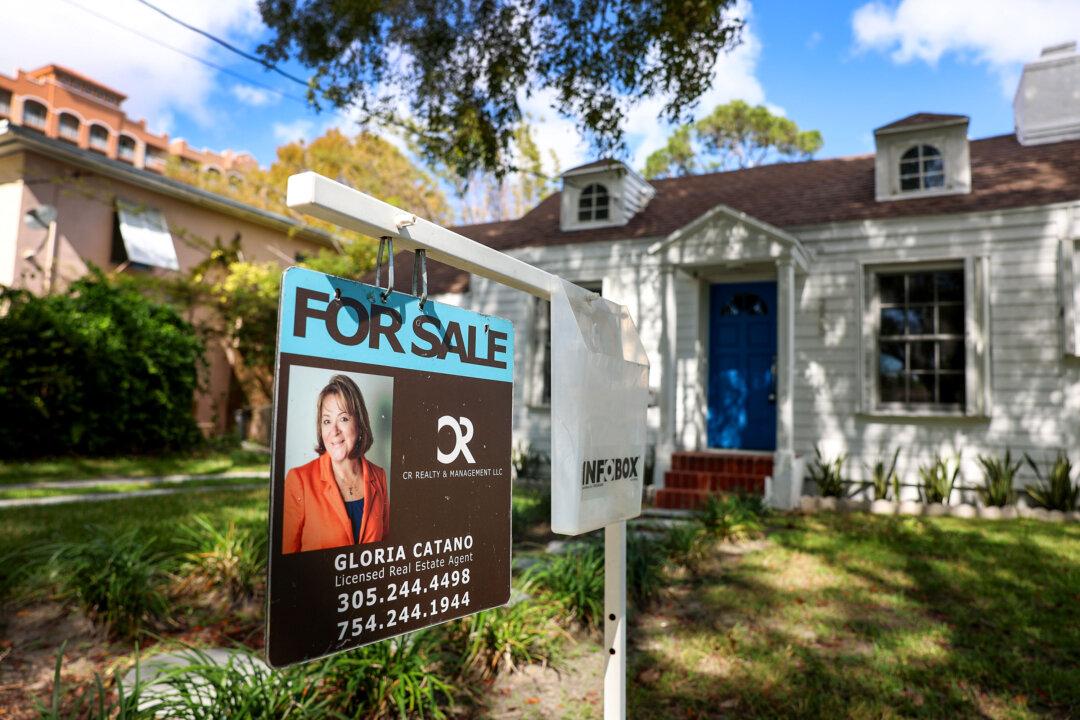Mortgage rates are continuing the downward trend that began last month, but they remain high enough to trouble prospective buyers.
US Mortgage Rates Fall for 4th Straight Week
Rates are likely to remain in a high 6 percent range going into the spring market, said a real estate expert.

A home for sale in Miami on Feb. 22, 2023. Joe Raedle/Getty Images




